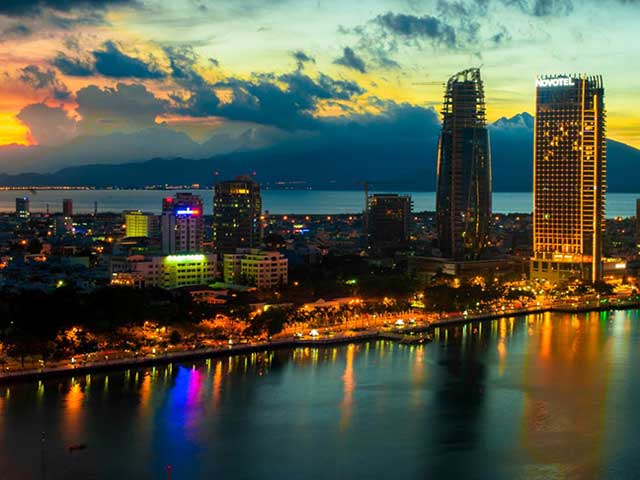At Luang Prabang, on 12 March 2015: A Luang Prabang gives plan is outlined to celebrate its 20th anniversary of its World Heritage Site listing by UNESCO this December.
Vientiane Times informed an official celebration will take place in Luang Prabang 7 to 9 December to mark the anniversary.
Activities in event will include seminars on the protection, conservation and development of the town as a World Heritage Site, as well as meetings and a public parade, photo exhibition, and drawing contest for young people.
These events will concerntrate on Luang Prabang and its role as the country’s top tourist destination while supporting handicraft sales, as well as cultural performances and sports.
The highlights of the event will be an elephant parade led by a white elephant. According to Khampheng Xaysompheng- Luang Prabang provincial governor, the event will showcase the achievements of Luang Prabang in protecting, preserving as well as developing the town to ensure its value is maintained since it was listed as a World Heritage Site in 1995.
The economy of province is
growing at an average of 8.2% per year, and average income per person per year
is USD 1, 450.
The town authorities realize the
worth of tourism in terms of revenue and job creation, but they need to
recognise that a very high level of stewardship is required to ensure the next
generation can enjoy Luang Prabang’s heritage.
Luang Prabang capital is located
on a peninsula formed by the Mekong and Nam Khan rivers and mountain ranges,
namely the Phou Thao and Phou Nang ranges that encircle the city.
It was known as Meuang Xua, then
Xieng Thong and from the 14th to 16th centuries the town became the capital of
the powerful Kingdom of Lane Xang (Kingdom of a Million Elephants). Probably,
it dates back more than 1,200 years.
But Luang Prabang attracted the
imagination of travellers because of the fusion of traditional and French
colonial architecture during the 19th and 20th centuries and its chill-out
ambience that still survives despite a tourism boom. In Asia, it is one of the
few remaining towns that reflect a blending of two distinct cultural
traditions.














0 comments:
Post a Comment